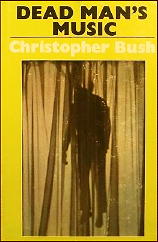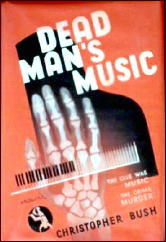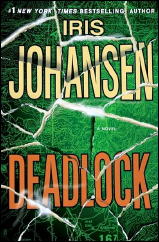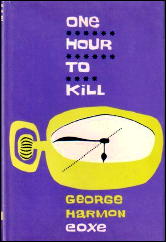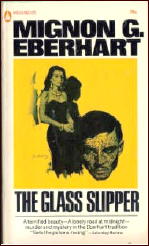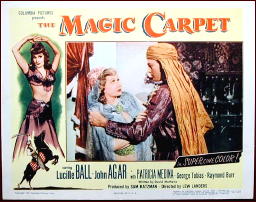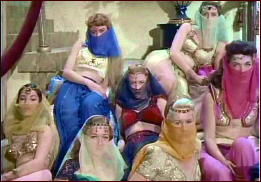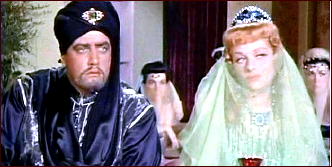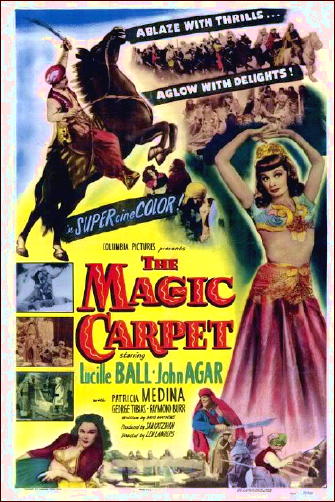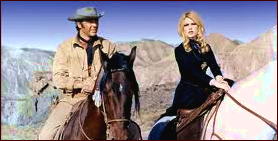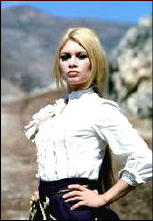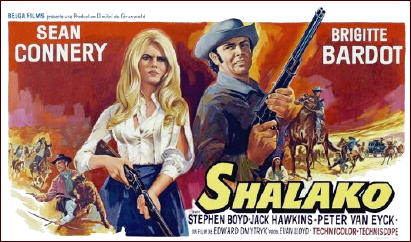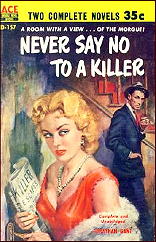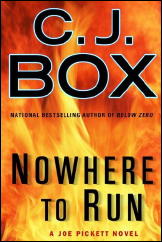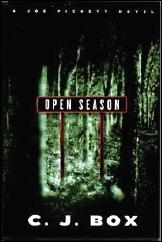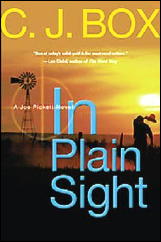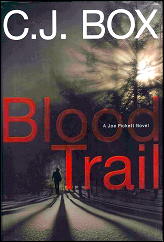Sun 15 Aug 2010
A TV Review by Mike Tooney: THE ALFRED HITCHCOCK HOUR “Dear Uncle George.”
Posted by Steve under Reviews , TV mysteries[3] Comments
“Dear Uncle George.” An episode of The Alfred Hitchcock Hour (Season 1, Episode 30). First air date: 10 May 1963. Gene Barry, John Larkin, Patricia Donahue, Dabney Coleman, Robert Sampson, Lou Jacobi. Teleplay: James Bridges. Story and teleplay: Richard Levinson and William Link. Director: Joseph M. Newman.
John Chambers (Gene Barry) writes an advice column for a local newspaper under the name Uncle George; of late, however, he has become disenchanted with his boss, Simon Aldritch (John Larkin), especially regarding Simon’s editorial decisions.
One day Chambers gets a letter, which he dismisses at first. Someone has been observing the goings on in an apartment complex across the way; the note says that it’s fairly obvious a married woman is seeing a man who is not her husband.
A hint here and a hint there and it’s not long before Chambers connects the dots: The unfaithful woman is his own wife, Louise (Patricia Donahue), and the man she’s seeing can only be his friend Tom Esterow (Dabney Coleman), an artist.
Chambers sees red, and like many a cuckolded husband in a 17th century revenge tragedy he impulsively and violently lashes out. There remains only one problem, however: In his own mind he has killed the “right” person, so justice demands the other malefactor should suffer as well.
Coolly and carefully he plants clues that will send the police after the other lover. Imagine Chambers’ surprise, though, when he discovers he’s framed the wrong person….
Once again Levinson & Link score big with a marvelously involved plot and even some character development in John Chambers (Barry), who is more complex than merely being the murderer; because, you see, despite being a killer, he nevertheless tries to do the right thing — with ironic results.
Since this an L & L prodduct, one may be forgiven for detecting one or two similarities between this story and Prescription: Murder (1968), the first Columbo film, in which Gene Barry also murders his wife; but in the latter production his cold and calculating premeditation contrasts with his crime of passion in “Dear Uncle George.”
Moreover, Lt. Wolfson (Lou Jacobi), the investigating officer, differs from Peter Falk’s character in being too willing to trust in prima facie evidence.
Gene Barry (1919-2009) died late last year. Some screen credits: The Atomic City (1952, his film debut), The War of the Worlds (1953, pursuing Martian vandals), Naked Alibi (1954), The Houston Story (1956), Hong Kong Confidential (1958), Thunder Road (1958), Istanbul Express (1968, TVM), Subterfuge (1968), a Perry Mason movie (1987, TVM); and the TV series Bat Masterson (1958-61), Burke’s Law (1963-66, 1994-95), The Name of the Game (1968-71), and The Adventurer (1972-73).
You can view “Dear Uncle George” on Hulu here.
